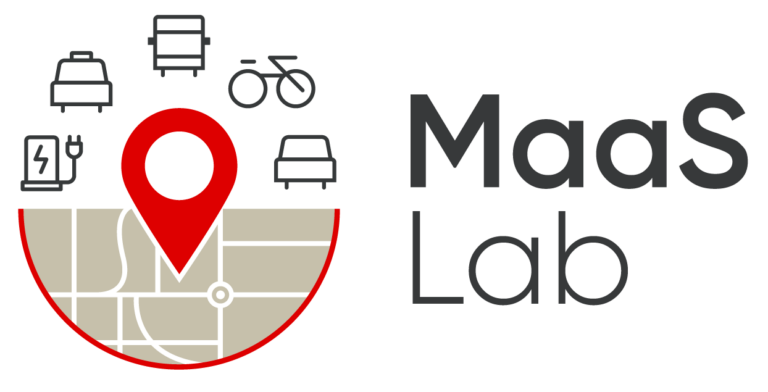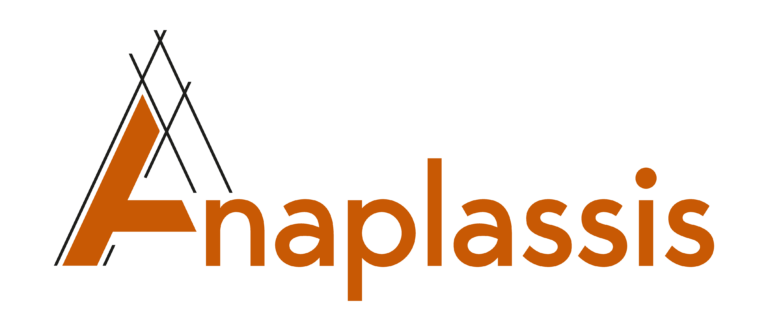The City of Milan is Italy’s second largest city (1,400,000 inhabitants in its municipality, 180 km²), Milan is also the administrative and commercial centre of Italy’s largest metropolitan area, with a population of around 5,000,000, and the capital of Lombardy.
Air pollution is one of the most relevant environmental and health issues, also due to unfavourable orographic and meteorological conditions. CO2 emissions were 3,1 tonnes/per capita in 2020. Main climate impacts are increasing ambient temperatures and flood events. Being private vehicular traffic one of the main sources of congestion and air pollution, Milan put in place Limited Traffic Zones – the so-called ‘Area C’ zone in the city center and, more recently, the so-called ‘Area B’ Low Emission Zone, which covers quite the whole city area.
A Sustainable Mobility Urban Plan (SUMP) was adopted in 2018 aiming to reduce private traffic and to promote public transport, active mobility modes (cycling, pedestrian) and sharing mobility solutions.

Challenges
To address challenging decarbonisation goals, as stated in its Climate City Contract (CCC,) the Milan living lab aims to test a cost-competitive, convenient reliable, zero emission alternatives to shift people away from private cars.
Decarbonising the transportation system requires increasing the number of trips made by sustainable modes such as public transport, bike, and walking. To achieve these goals, it is particularly crucial to increase the level of accessibility of the area through public transport, both in terms of places offered and the presence of the service.
This process requires a careful balance in the use of resources between direct services, local services, and demand-responsive transport (DRT) services. The main advantage of DRT services is their flexibility in responding to demand even in areas of low population density, on the other hand, the aspect of cost per passenger transported represents a critical issue that wants to be addressed with the metaCCAZE Milan living lab.
Use cases
During the living lab a real-world demonstration of an on-demand service will be realised in a sub-urban neighborhood of Metropolitan Milan, to facilitate both first/last mile and door-to-door trips. This service will have the peculiarity that, to improve level of service and efficiency, users can be allowed to interchange vehicle during the trip smoothly, thanks to the use of a fleet of e-pods: electric modular vehicles with automated alignment and docking features developed by NeXT.
The Milan living lab activities consist of:
- stakeholder engagement: to co-design the planning and demonstration of the service (AMAT-AgeTPL)
- simulations development: to support service planning in relation service area and number of e-pods (AMAT-UNINA);
- launch of the service (AgeTPL) with the customized application (FACTUAL) and the e-pods fleet with upgrades related to autonomous operation features (NeXT)
- explore future mobility scenario: facilitated by the service to complement public transport (AMAT-AgeTPL-UNINA)
Role of the living lab in metaCCAZE
The Milan living lab is focused on electric, automated, connected and user-centered mobility and infrastructure, in line with metaCCAZE approach designed to transition cities, through innovation, into the era of green mobility and boost European strategies and initiatives such as the European Green Deal, the Climate and Smart Cities Mission and the 2ZERO and CCAM partnerships.
The on-site living lab testing environment will enable NeXT to further honing and expansion of both specific AD features and user-friendly design of the modules details and user-sensible components. Even while a full-fledged legal approval of fully autonomous driving vehicles is yet to come, the developing of specific, autonomous features will enable our modules for a higher degree of efficiency and more diversified capabilities.
In relation to the results that emerge during the course of the project, it will be evaluated how to further employ the developed DRT service in other areas that due to the specificities of the mobility demand can benefit from an efficient DRT service.
Contact
- Alessandro Giovannini
- alessandro.giovannini@amat-mi.it
















